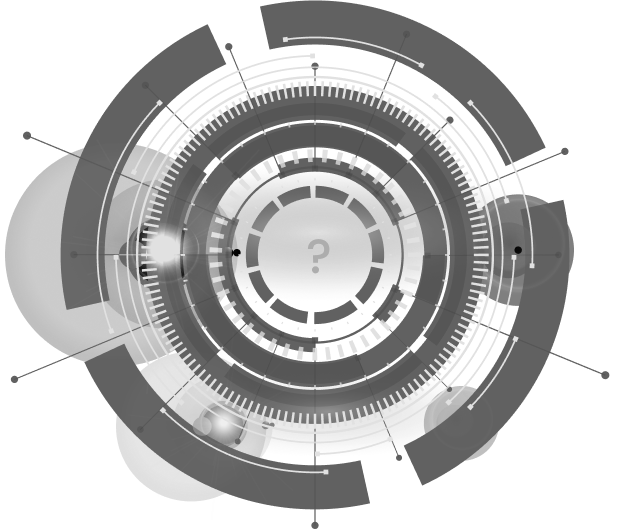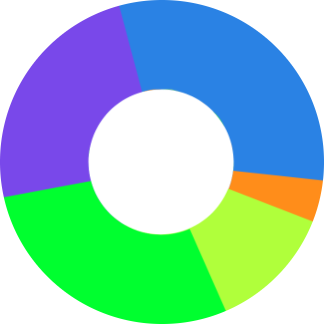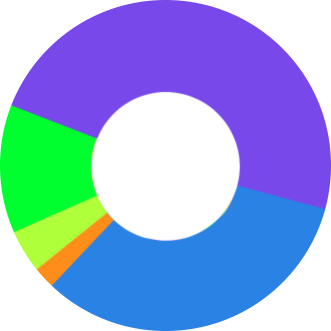A: The total
issuance of FIR is 1 billion, and the distribution ratio
is: 50% mining release (dynamic attenuation adjustment),
30% ecological incentive pool (DAO governance
allocation), 15% team and consultants (released in
installments after lock-up), 4% early investors, and 1%
liquidity reserve.
Core Architecture
Innovative "dynamic decay algorithm" and "computing power collaborative network" mechanism
Innovation of Token Economic Model
Dynamic decay mining: adjust the daily FIR
release amount in real time based on the user growth rate (daily decay rate = 1%
- 0.5% × new user ratio), combined with the computing power swarm protocol (team
mining + hierarchical income) to ensure token scarcity and ecological
sustainability
Dual deflation engines: 25% of transaction
fees are used for quarterly repurchase and destruction + dynamic attenuation
release to form long-term deflation expectations.
Technical underlying design
Layer2 scaling engine: Integrates
Optimistic Rollup, supports 100,000 transactions per second (TPS), and reduces
gas fees by 90%15.
Cross-chain interoperability: Fire Bridge
enables seamless transfer of Ethereum, BNB Chain, Solana and other multi-chain
assets, and user computing power and transaction permissions are universal
across chains
Anti-manipulation risk control system:
dynamic fee circuit breaker (fee rises to 50% when daily transaction volume > 5%
of circulation volume) + intelligent abnormal transaction monitoring to ensure
market fairness
Anti-Witch and Compliance
Device fingerprint binding + dynamic KYC
queue (5-day activation cycle), combined with limited-flow email verification
(100 places per day), eliminates multiple account cheating and ensures
ecological fairness.
Fire DAO Governance: Coin holders use
"token weight + contribution points" to elect decision makers, participate in
key decisions such as coin listing review and fee rate adjustment, and achieve
decentralized co-governance
Plans to obtain the Swiss VQF license,
support fiat currency channels and compliant custody, anonymous transactions
(ZKP verification) and KYC queues in parallel to meet privacy and anti-money
laundering (AML) requirements
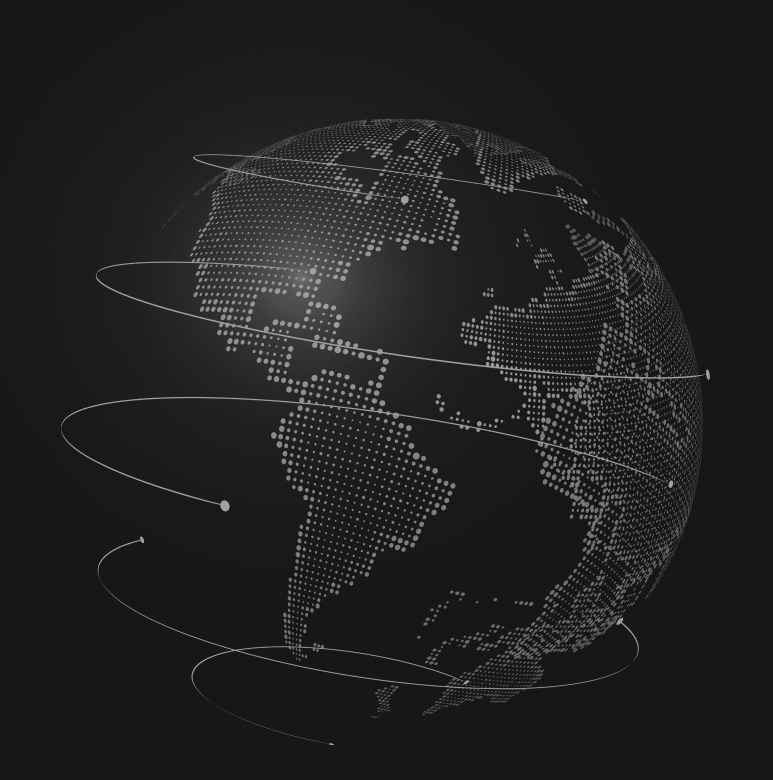
Why choose us?
Mining Incentives
Users obtain FIR through computing power mining and
inviting fission. The higher the computing power value, the higher the transaction
permissions can be unlocked.
Fission Cold Start Protocol
The novice acceleration package (invite 3 people + 50K
computing power on the first day) and the ladder unlocking (7 days login + 5% profit) lower
the user entry threshold and accelerate the network effect.
Trading rights
Enjoy a 50% discount on FIR fees. Pledge FIR to
increase leverage and reduce the risk of liquidation.
Oracle Network
Cooperate deeply with Chainlink to obtain off-chain
data in real time (such as user growth rate, market volatility), dynamically adjust the
decay rate and handling fees, and enhance the model's anti-manipulation ability.


Roadmap
Our Strategy & Project Plan
2025 Q4
The mining application is launched, and
the early promotion team invests 50,000 USD to encourage community expansion
2025 Q5
Mainnet launch, integrating dynamic decay
algorithm and KYC queue system;
2025 Q7~Q9
Obtained Canadian license, launched Fire
Exchange, and supported the first batch of contributors to redeem
2025 Q10
The average daily trading volume ranks
among the top 10 DEXs in the world, and FIR token cross-chain staking is
launched
2026 Q3
Release the DAO governance framework and
initiate the first round of community proposal voting;
2026 Q6
Reached strategic cooperation with
Chainlink and CertiK to strengthen oracle and security audit;
2026 Q7
Launched enterprise-level BaaS solutions
to enable Web3 transformation in traditional industries;
2026 Q10
Completed global compliance layout
(obtained Swiss VQF license, Singapore PSA exemption), and launched
institutional-level custody services.
Document
Learn FIR
Computing power is power,
transactions are governance, from "users" to "co-builders" - Fire DAO redefines Web3
governance rights
- Web3 Games
- Campaign Agreement
- Privacy Policy
- Liquidity Solutions
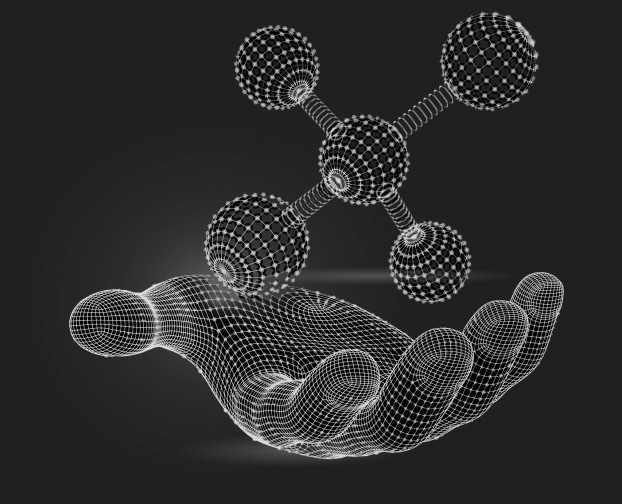


FAQs
Frequently Questions
What is the total
amount and distribution rules of FIR tokens?
How to get FIR Token?
A: Users can
obtain FIR in the following ways: participate in
computing power mining (initial computing power is 100K,
invite friends to increase computing power); provide
liquidity mining (FIR/ETH trading pair); complete
community tasks (such as vulnerability submission,
multi-language translation); pledge FIR to obtain
annualized returns (8%~15%).
How does the deflation
mechanism of FIR work?
A: Deflation is
driven by two engines: Dynamic attenuation algorithm:
the daily release volume is automatically reduced
according to the user growth rate, with a minimum daily
attenuation rate of 0.8%; quarterly repurchase and
destruction: 25% of the transaction fee is used to
repurchase and destroy FIR in the secondary market.
What are the rights of
FIR holders?
A: Including:
Governance voting rights: 1 FIR = 1 vote, the longer you
hold the coin, the higher the weight (up to +30%);
transaction discount: use FIR to pay for handling fees
to enjoy a 50% discount; Staking income: annualized
8%~15%, while reducing the computing power decay rate.
What is computing
power? How to calculate the initial computing power?
A: Computing power
is the core indicator for users to participate in
mining. 100K computing power is given for initial
registration, and the income will be calculated 24 hours
after the start.
How to improve personal
computing power?
A: You can
increase it in the following ways: Invite friends:
direct push +50K computing power, indirect push +30K;
Team collaboration: 3 team opportunities per day,
members share up to 30K/person computing power bonus;
Continuous login: Log in for 7 consecutive days to
unlock an additional 5% computing power income.
What are the rules for
computing power decay? How to delay decay?
A: The computing
power decay rate is 1% per day. The delay methods
include: 3 days of delay for each person invited;
An additional 10% decay for 5 consecutive days without
invitation.
How does computing
power affect transaction permissions?
A: The higher the
hashrate, the more features you can unlock, such as:
higher leverage (up to 100x); lower transaction fees;
exclusive API interface and high-frequency trading
permissions.
How are mining profits
distributed?
A: Daily mining
revenue is distributed according to the proportion of
user computing power. 1 million FIR will be released on
the initial day, and it will be adjusted dynamically
with attenuation.
What are the reward
rules for inviting friends?
A: Invitation
incentives include: Direct referral rewards: 5% of the
lower-level mining income is settled in real time;
Indirect referral rewards: 3% of the lower-level income,
which must be released after passing KYC;
Tier unlocking: Direct referral of 200 people or
indirect referral of 500 people will unlock 5% of the
computing power income within 10 generations.
How to calculate the
profit bonus of swarm mining?
A: Rules: Creator
+20K computing power, member +10K; If the swarm contains
KYC users within 5 days, each new member contributes 30K
computing power to the entire team.
What are the additional
incentives for holding FIR for the long term?
A: Including:
Staking income doubling: annualized income increases
dynamically with the amount of staking;
Governance weight bonus: the longer you hold the coin,
the higher your voting weight;
Airdrop priority: long-term holders have priority in
receiving ecological project token airdrops.
What does the Fire
Network ecosystem consist of?
A: The ecosystem
consists of four pillars: Mining network: a dynamically
decaying computing power system;
Fire DEX: an algorithm-driven decentralized exchange;
DAO governance: a user-co-governed proposal and voting
system;
Cross-chain protocol: supports multi-chain asset
interoperability and computing power migration.
How do developers
participate in ecosystem construction?
A: Developers can
participate in the following ways: Technical
contribution: Submit code or protocol optimization
proposals to obtain rewards from the ecological
incentive pool;
DApp integration: Use Fire SDK to develop applications
and share 30% ecological incentives;
Node operation: Run a verification node and enjoy a 2%
block reward share.
How does Fire Network
achieve cross-chain interoperability?
Through the Fire
Bridge protocol, asset mapping of chains such as
Ethereum, BNB Chain, and Solana is supported, and user
computing power and transaction permissions are
universal across chains.
How can ordinary users
contribute to the ecosystem?
A: Users can:
participate in governance voting; complete community
tasks (such as content creation, vulnerability
submission); invite friends and form computing swarms to
increase ecological activity.
What are the
cooperation models of Fire Network?
A: The
cooperation is divided into three categories: Technical
cooperation: strategic cooperation with Chainlink
(oracle), CertiK (security audit), etc.; Liquidity
cooperation: introducing market makers such as Jump
Trading, providing zero fees and computing power bonus;
Compliance cooperation: applying for Swiss VQF and
Singapore PSA licenses, and operating in compliance.
How do institutional
investors participate in the ecosystem?
A: Institutions
can use: Compliance custody: access Fire Network's
institutional-level custody services;
Market making incentives: provide liquidity to enjoy
zero handling fees and computing power bonus;
Node alliance: jointly operate super nodes and share
block rewards.
Who are Fire Network’s
technology partners?
A: Including:
Chainlink: providing off-chain data oracle services;
CertiK: responsible for smart contract and protocol
security audits; Optimism: Layer2 expansion technology
support.
How does the community
initiate collaboration proposals?
A: Users can:
Pledge 1,000 FIR or co-sign 50 people to submit an
ecological optimization proposal;
Promote cooperation through DAO governance voting (51%
support required);
The initiator of a high-quality proposal can receive a
reward of 50,000~200,000 FIR.
